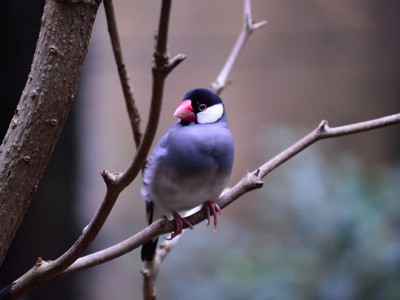
Java sparrow
General information
The Java sparrow was first formally described by the Swedish naturalist Carl Linnaeus in 1758.
The popularity of this finch as a cagebird has resulted in intense trapping activity, which is inferred to be causing drastic declines in the population. The Java sparrow may lay up to 8 eggs in a nest which will usually be in a tree hollow or somewhere on the outside of buildings. Incubation of these eggs starts just after the last one has been laid, with eggs hatching after just 12 to 15 days.
This species feeds on a variety of seeds, grains and leafy greens.
Fun Fact
Although both the sexes can call, only the males are known to have a song. They also display courtship by performing a dance routine.

Latin name - Padda oryzivora
Class - Aves
Family - Estrildidae
IUCN Status - Endangered
Habitat – Open grasslands and cultivated land
Distribution – Java, Bali, and Bawean in Indonesia

Sign up to our newsletter
Join our mailing list in order to keep up to date with Zoo news and special offers.

